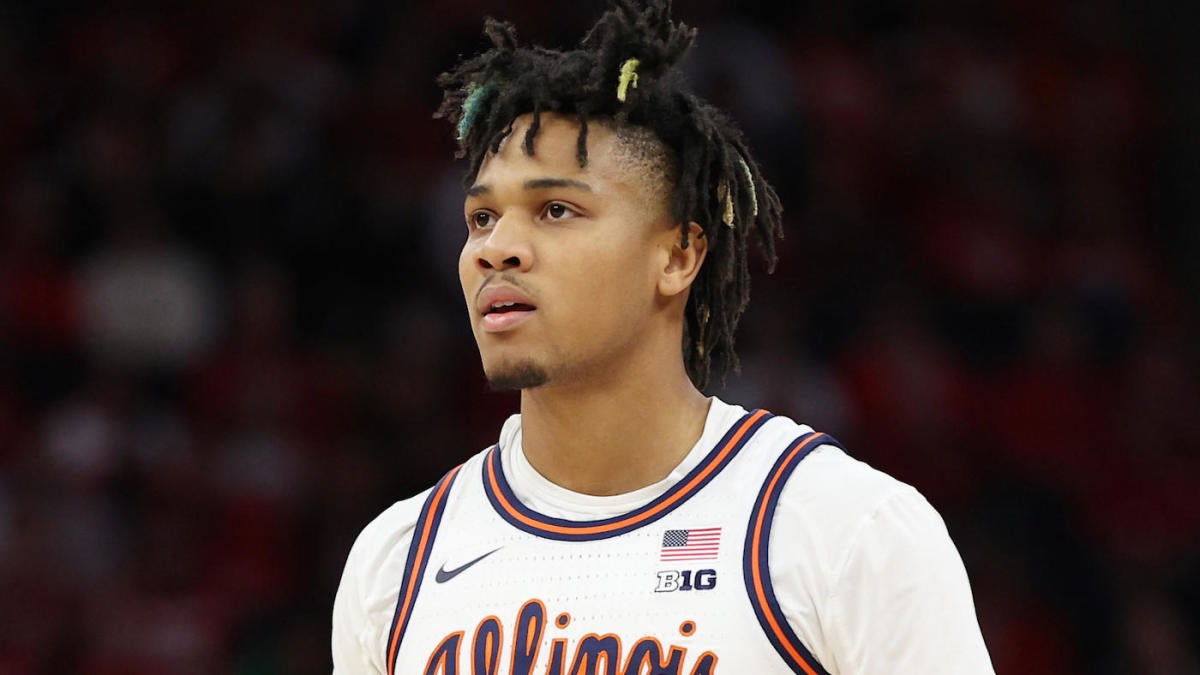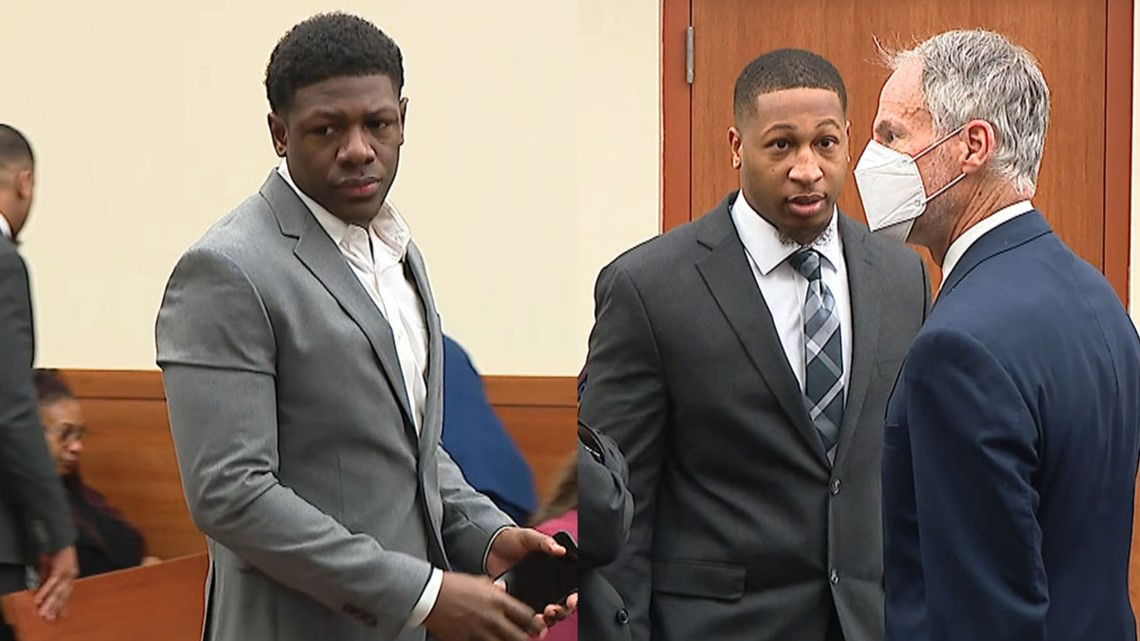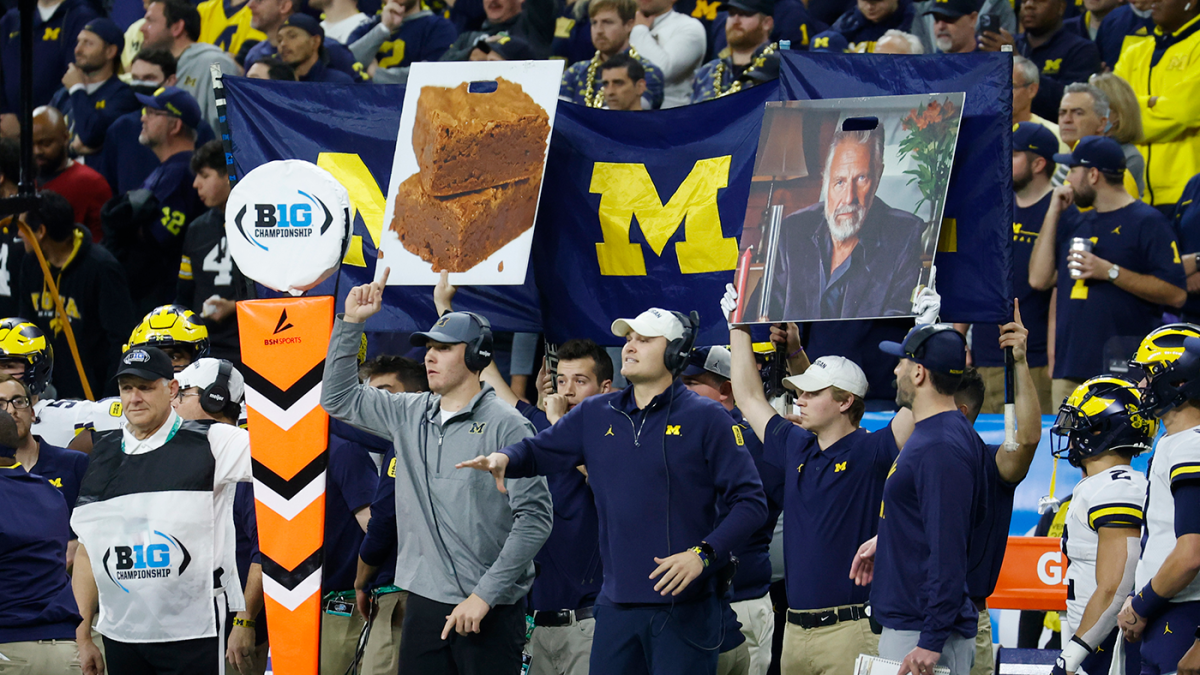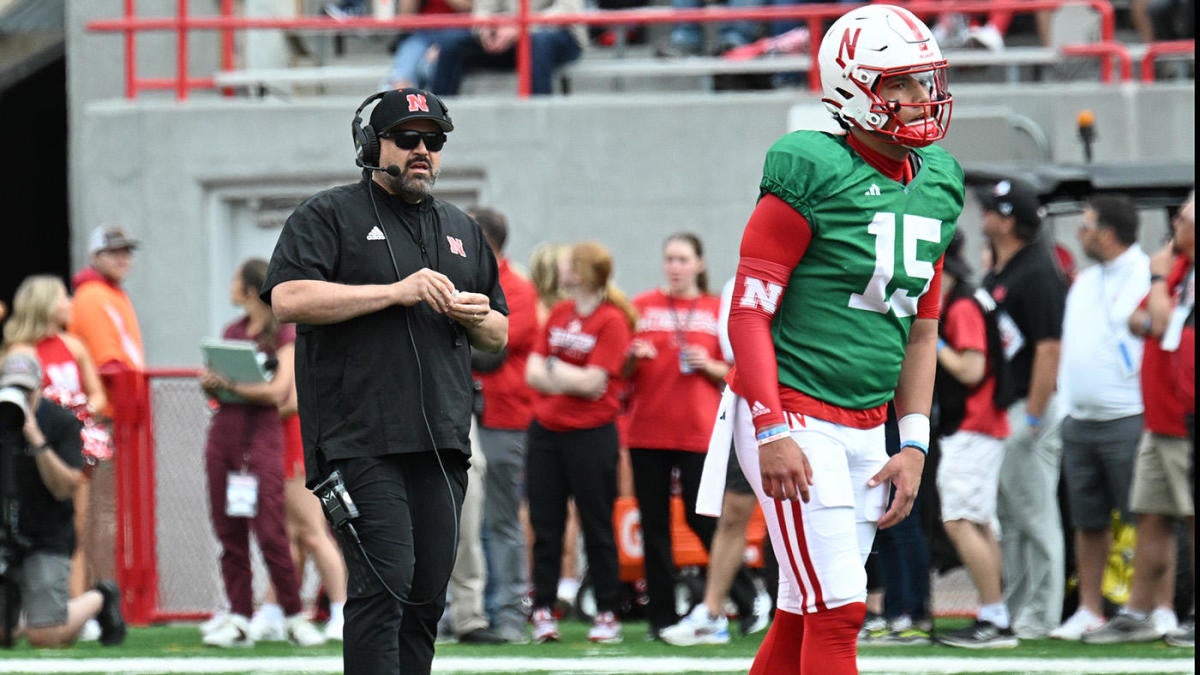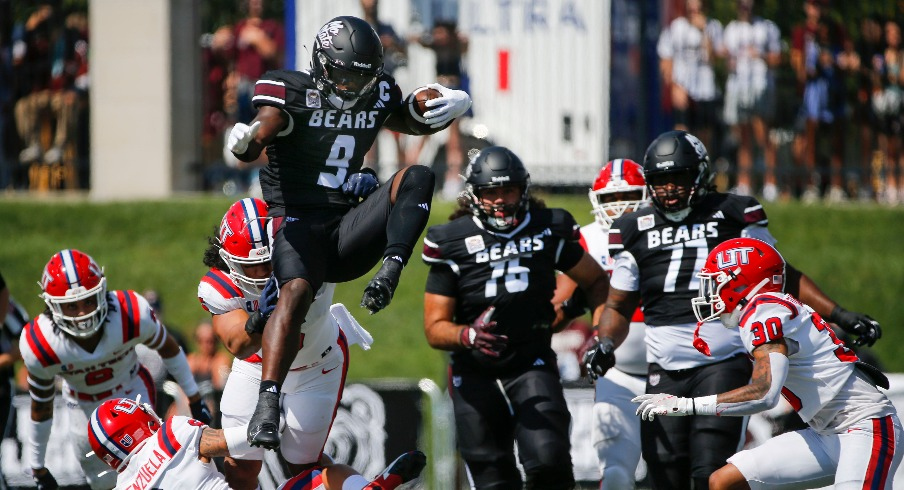The technology exists, and it's largely been tested, but college football nevertheless lags behind in modernization of the game

www.cbssports.com
A lot of it before Connor Stalions became the biggest spy since James Bond. The NCAA Football Rules Committee and secretary rules-editor Steve Shaw have already let it be known electronic communications will be a "top of mind" issue in 2024.
Optional technology rules in football, effective for the 2024 season, were approved by the NCAA Playing Rules Oversight Panel on Thursday.

www.ncaa.org
Technology rules approved in football
Automatic timeouts to occur in the last 2 minutes of the 2nd and 4th quarters
Optional technology rules in football, effective for the 2024 season, were approved by the NCAA Playing Rules Oversight Panel on Thursday.
In games involving Football Bowl Subdivision teams, each school will have the option to use coach-to-player communications through the helmet to one player on the field. That player will be identified by having a green dot on the back midline of the player's helmet.
The communication from the coach to the player will be turned off with 15 seconds remaining on the play clock or when the ball is snapped, whichever comes first.
For all three divisions, teams have the option of using tablets to view in-game video only. The video can include the broadcast feed and camera angles from the coach's sideline and coach's end zone.
Teams can have up to 18 active tablets for use in the coaching booth, sideline and locker room. Tablets cannot be connected to other devices to project larger additional images and cannot include analytics, data or data access capability or other communication access. All team personnel will be allowed to view the tablets during the game.
The Football Rules Committee, which met the last week of February, had a thorough discussion regarding wearable technologies.
The committee invites non-FBS conferences that are interested in using wearable technologies to submit an experimental proposal to the committee. Any proposals must be made to the committee by June 15.
Two-minute timeout
The panel approved adding an automatic timeout when two minutes remain in the second and fourth quarters.
This rules change synchronizes all timing rules, such as 10-second runoffs and stopping the clock when a first down is gained in bounds, which coincides with the two-minute timeout.
First-down timing rules
After a year of review, Division III committee members decided to adopt the timing rules where the game clock would continue to run when a first down is gained in bounds. The game clock will stop when a first down is gained during the last two minutes of either half. Division I and II schools used this timing rule last season.
Other rules changes
- Allowing conferences the option of using a collaborative replay review system. This will be formally added to the rules book; it had been an experimental rule.
- Penalizing horse-collar tackles that occur within the tackle box as a 15-yard personal foul. Previously, a horse-collar tackle within the tackle box was not a foul.
Additionally, head coaches can conduct interviews with broadcast partners after the first and third quarters. This was allowed on an experimental basis last season and will be added as a permanent rule.
Just sayin': Sign stealing may be a thing of the past now.
Helmet communication arrives in college football 30 years after it debut in the NFL

www.cbssports.com
How college football adopting helmet communication will be complicated process as sport continues to evolve
Helmet communication arrives in college football 30 years after it debut in the NFL
College football will finally add helmet communication for all Football Bowl Subdivision games beginning this fall after the NCAA approved a rule change in April. The monumental switch comes after years of lobbying and conversation about cost and liability, and it will radically shift the game moving forward.
The rules for college football helmet communication largely mirror the NFL, which first brought the technology to the field in 1994. Only one player on each side of the ball will be allowed to have a radio in their helmet, signaled to officials by a green dot. Communication will be shut off with 15 seconds remaining on the play clock or when the ball is snapped, whichever comes first.
"There's a lot of unique opportunities with the headset," Nebraska coach Matt Rhule told CBS Sports. "And what I love about it is you're preparing the guys on offense for the NFL, because they're going to be using it in the NFL."
CBS Sports spoke to coaches and former players across college football to understand how teams may use helmet communication in the fall, including Rhule, a former NFL coach with the Carolina Panthers. While the rules may be similar, differences between college football and the NFL means its implementation could look drastically different.
The offensive question: to huddle or use tempo?
Over the past 20 years, the traditional huddle has largely disappeared from college football. A handful of teams still huddle to slow down the game and install a play, but most communication now comes from the sidelines via hand signals.
Ultimately, offense face a fork in the road with the introduction of helmet communication. Slowing down the game and moving towards the huddle allows teams to increase complexity and become harder to defend. To the contrary, running no-huddle concepts with helmet communication allows teams to be even more efficient.
"I think you'll see some teams go back to the huddle," Rhule said. "I've talked to some coaches who say they're going to go faster than ever because the defense isn't going to be able to use the headset for themselves. I think different teams are going to take it in different ways."
For tempo offenses, a quick call can go to the quarterback, who can then shout out or signal a play in seconds before the defense truly has time to react. However, quick play calls limit complexity. Going back to the huddle allows teams to be highly specific with protections and checks.
In 2023, Power Five teams averaged 26.1 seconds per play. Nineteen such teams sat under 25 seconds per snap, meaning their average snap took place before the play clock struck 15 seconds, which will be the cutoff time for incoming calls. Among those were spread tempo offenses like Tennessee, TCU and Colorado. However, 14 teams cleared 28 seconds per snap. Among them were Alabama (29.82) and Georgia (29.2). In fact, no team in last season's final top 10 averaged a snap count within 25 seconds. The closest: Texas at 25.5 seconds.
The biggest zag on the board was national champion Michigan. The Wolverines were the only power-conference team to clear 30 seconds per snap. During a miserable 2-4 campaign in 2020 that led to sweeping changes, Michigan averaged 24.9 seconds between plays, a full six-second difference. Since Sherrone Moore was elevated to co-offensive coordinator in 2021, Michigan has slowed down the game and used extra time to set up motion and misdirection. The results: a 40-3 record with three Big Ten titles. Moore was promoted to head coach in January.
"I'm all about [helmet comms]," Moore told the Detroit News in December. "I think it would be easy communication from the coordinator to the quarterback and create no issues outside."
Lakota East High School (Ohio) coach Jon Kitna spent nearly two decades in the NFL, largely as a player but most recently as quarterbacks coach of the Dallas Cowboys in 2019. Though he acknowledged helmet communication technology has come quite a ways since his NFL debut in 1996, Kitna sees its greatest value as a tool to give notes and get players into the right headspace entering a play -- especially younger players.
"Just being able to drop a little nugget to the quarterback," Kitna told CBS Sports, "a reminder 'Here's third-and-9, but we don't need to get it all back here. We'll go for it on fourth-and-3.' You can just kind of put the quarterback at ease."
The rise of no-huddle offenses has largely coincided with the spread of simplified language and concepts to match. Former Notre Dame quarterback Brady Quinn played in a far more complex, NFL-style offense with the Fighting Irish. Like many such offenses, the Fighting Irish often used wristbands to set up play calls.
With helmet communication, Quinn is optimistic that many teams will diversify their offensive calls and become even harder to cover. Having experience and consistency at quarterback in a transfer portal world becomes even more of an advantage.
"Hopefully, you'll see quarterbacks be given more," said Quinn, who now works as an analyst on CBS Sports HQ. "I think that's the tough part as a former quarterback, when you're running an NFL offense in college, you can have responsibility and control to prepare you for the next level with certain run checks and pass checks and everything else. Hopefully, some of the coaches will put the onus on these quarterbacks, especially as guys have played four or five, or in some cases now, six years.
"These guys are experienced. It's not like they haven't seen a lot of ball. I think they're capable of doing it."
Finding counters on defense
.
.
.
continued



